While so many air conditioning systems are available, people find ventless air conditioners more reliable.
This portable, user-friendly, and economical appliance controls the indoor humidity with simple operation methods.
But what about the internal working process in the first place?
How Does A Ventless Air Conditioner Work?
A Ventless Air conditioner decreases the temperature by increasing the humidity in the air. It circulates the hot indoor air and cools it down using an evaporator coil within the machine.
In short, the machine will cool the existing air instead of pulling air from the outdoors.
But there’s more to it! Let’s discuss how ventless ACs circulate the cool air, and how you can get the most out of it.
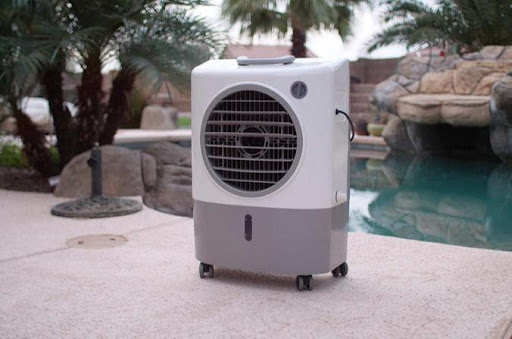 What Actually is a Ventless Air Conditioner?
What Actually is a Ventless Air Conditioner?
A Ventless air conditioner is also known as a portable swamp cooler, evaporative air conditioner, or vent-free AC.
From the name itself, it refers to that unit that doesn’t require any vent through the window to function properly. In the HVAC world, there are no similar things as a ventless air conditioner.
This technology provides a powerful cooling system without any vent. There is no exhaust hose inside these appliances. Because in Ventless Air Conditioner there is no heat exchange or refrigeration process available like Traditional Air Conditioner.
Therefore, no hot air is produced inside the appliance. That is why it doesn’t need any exhaust hose to hang on the window.
How Does A Ventless AC Work?
Before knowing How Does A Ventless Air Conditioner Work, you have to understand what evaporation is.
Because Ventless Air Conditioner works by following this simple science.
In general terms, evaporation is an important part of the water cycle. In this process liquid material like water converts into gas with the help of thermal or electrical energy.
As we know that ventless air conditioners work through the principle of evaporation, let’s discuss its methodology.The basic methodology of vent-free AC is, it uses a heat pump to bring water from water storage. The cooling pads absorb the pump’s water.
When the fan is flowing, it draws the hot air from the outside by the water-soaked pads.
As air goes through the pads, where the temperature is absorbed by the process of evaporation which cools the air.
Here the mechanism of supplying cold air is, the warm water moves through a honeycomb corrugated filter and collides with a hydrone wet filter.
With the help of a honeycomb filter, the exchange of air and water has finished. And finally, a fan supplies the cold air into the surface.
Do Ventless Air Conditioners Work?
The working mechanism of a portable air conditioner or swamp coolers is similar to a Traditional Evaporative Cooler.
For that reason, many people think Ventless Air Conditioners are a scam.
The point here to be realized is, Ventless AC does not reduce the overall temperature of a room the same way a traditional air conditioner does. Rather it cools the air by evaporation and humidifying the air.
Here is no rocket science to understand whether Ventless AC is a scam or not. Because Ventless Air Conditioner cools the air by pooling a simple natural process of evaporation with an advanced air moving system.
In this method, fresh air comes from outside and is drawn into the cooler by moistened pads. And then, the air is filtered by saturated evaporation and finally humid air circulated by the blower.
A portable Ventless AC can produce 80% relative humidity on average.
Why You Should Go With Ventless Air Conditioner
There are a number of reasons that make Ventless Air conditioners different from similar kinds of air conditioning systems like ductless systems.
While people go with Ductless AC systems, ventless window air conditioners provide enormous facilities. Before getting an air conditioning system, you should know which factor makes a huge difference.
Which factor makes ventless more worthy than Ductless AC or mini-split systems?
Facility of Portability
Ventless AC is generally a portable air conditioner indoor unit. It doesn’t need any outdoor unit to attach.
Therefore, you can transfer it from one palace to another place easily. There is no cooling system installation or maintenance needed in these indoor units.
Like other types of HVAC systems, it doesn’t need to be installed in a fixed place. Just plug in the appliance, add water and go!
Energy Efficient
Where other HVAC systems need two units to install and require much energy to operate, ventless AC comes as an energy efficiency facility.
Ventless Air conditioners run constantly and consume only 90 to 160 watts per hour.
On the other hand, ductless or single split air conditioner systems consume 500 watts of energy on average per hour.
Also, an evaporative cooler or ventless AC doesn’t emit any harmful gasses and uses no refrigerant like other central air conditioning systems.
Inexpensive
A portable air conditioner is significantly more affordable than a split system or central HVAC system.
It does not demand any extra installation charge. With this simple device, you can cover 350 square feet of area to cool.
No other HVAC system is more money-efficient than a single portable air conditioner.
 Who Needs Ventless Air Conditioners More?
Who Needs Ventless Air Conditioners More?
Ventless Air Conditioners come in different sizes and all have individual applications. They are designed in small and large sizes to cover different types of areas.
As they cover indoor areas, you should know who needs it the most before getting one.
As discussed earlier, Ventless-AC uses evaporative cooling and its function depends on relative humidity.
So, if you live in an area where the relative humidity level is too high, this kind of appliance does not suit your needs.
Ventless Portable AC is best for low humidity areas and high-temperature countries or regions such as the United States, Australia, Mexico, Chile, Saudi Arabia. Sometimes, Ventless AC may be used outdoors since outdoor air will not raise relative humidity like a room.
Conclusion
No one wants to go with complex things when they find a simple way instead of it. A ventless air conditioner is one such kind of thing among other HVAC systems.
Its working mechanism, versatile use make it popular day by day in low humidity regions, humid climates, and dry climates. Because keeping the relative humidity maximum level is essential to lead a healthy life.
We hope, by going through How Does a Ventless Air Conditioner Work, now you know its overall mechanism. This knowledge will help you to have a portable air conditioner system that certainly fulfills your needs.
Thanks for reading this article with patience.

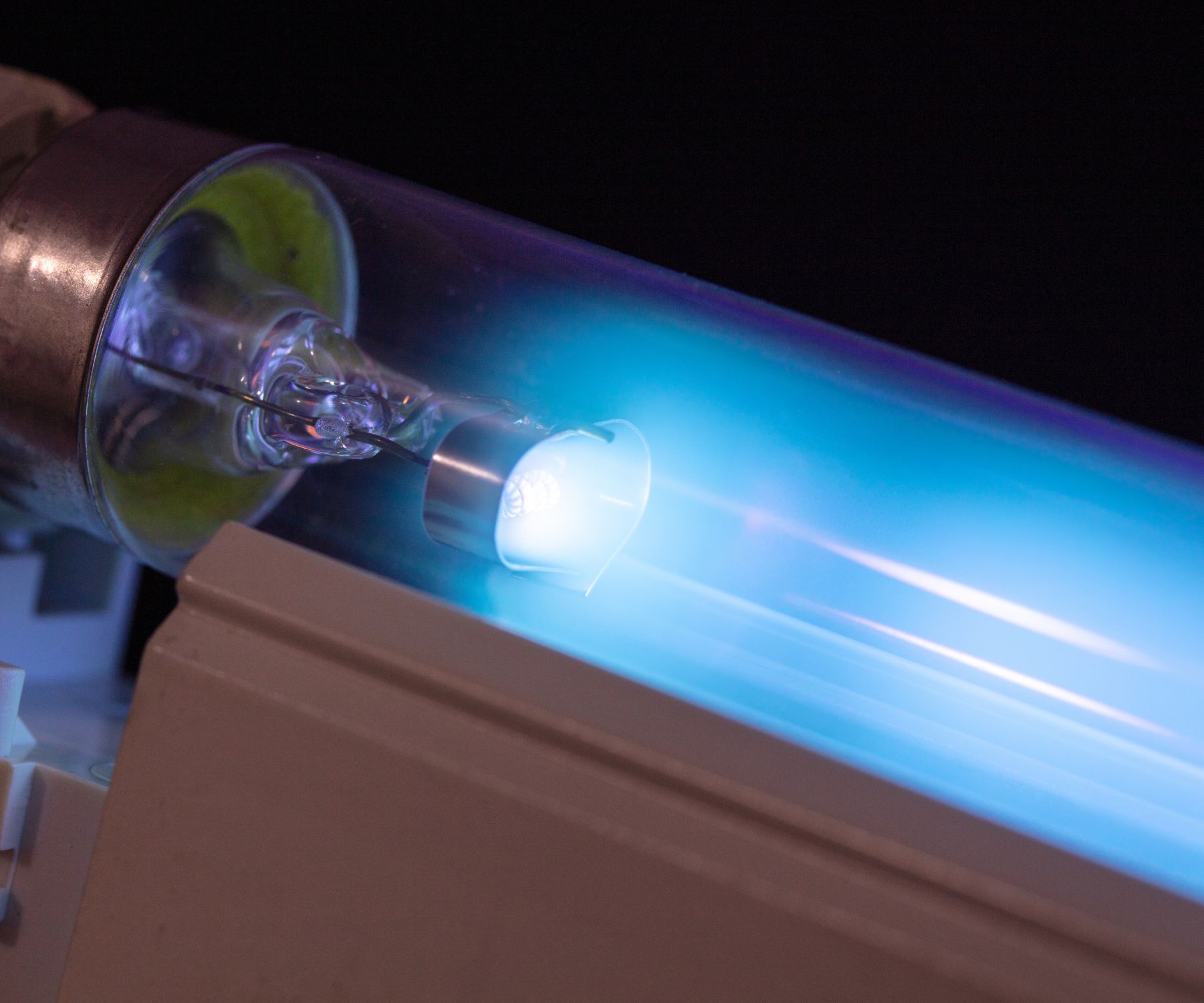
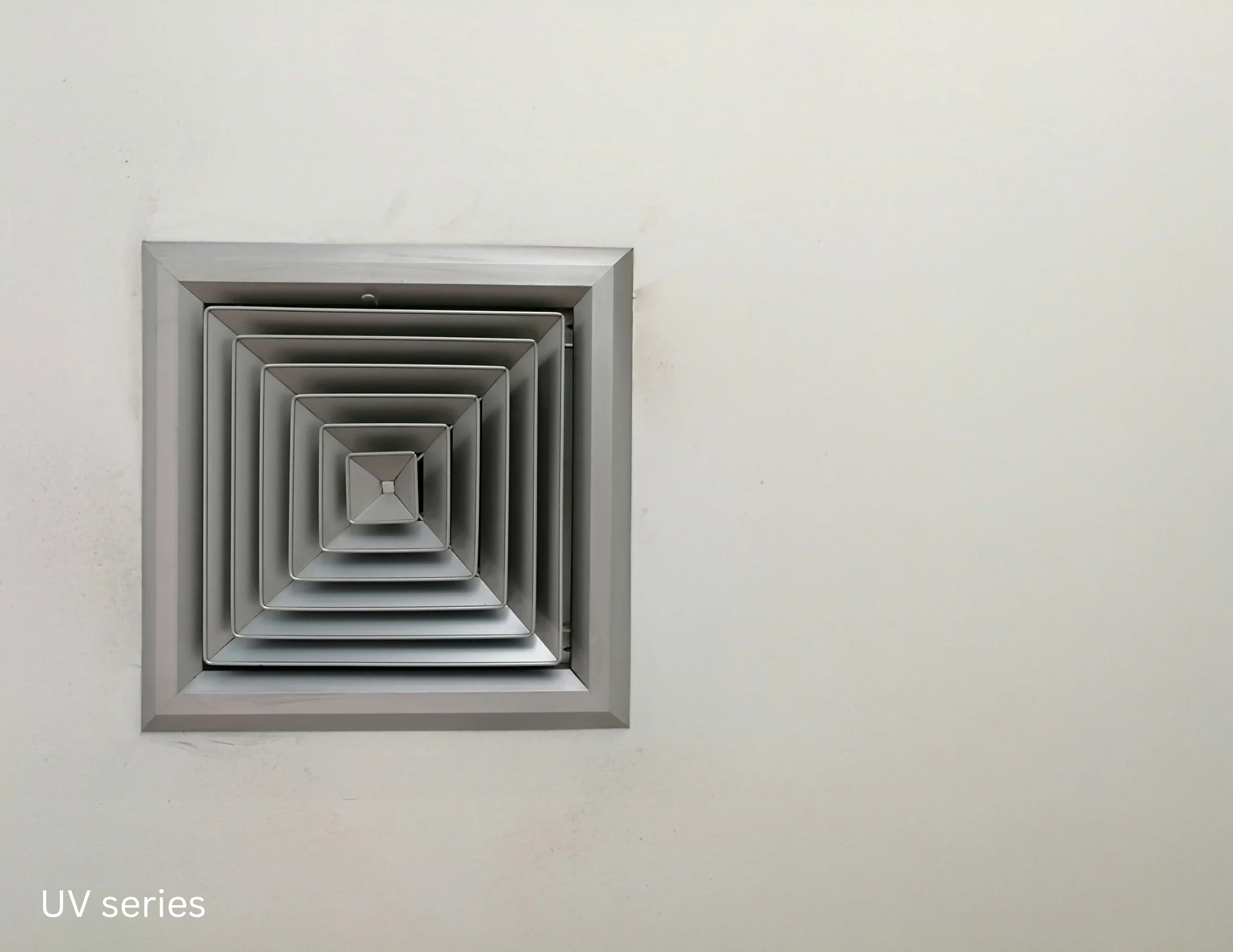

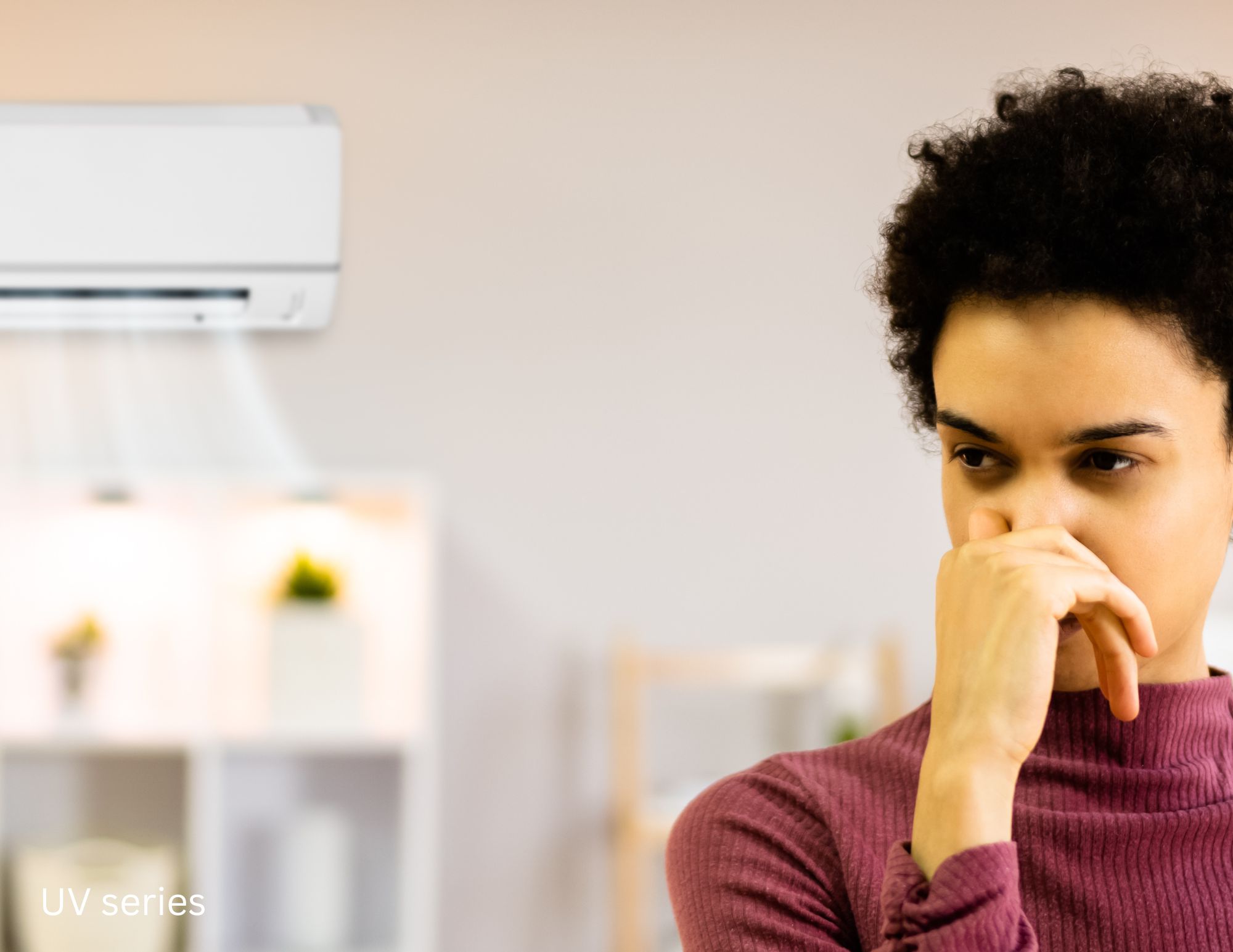
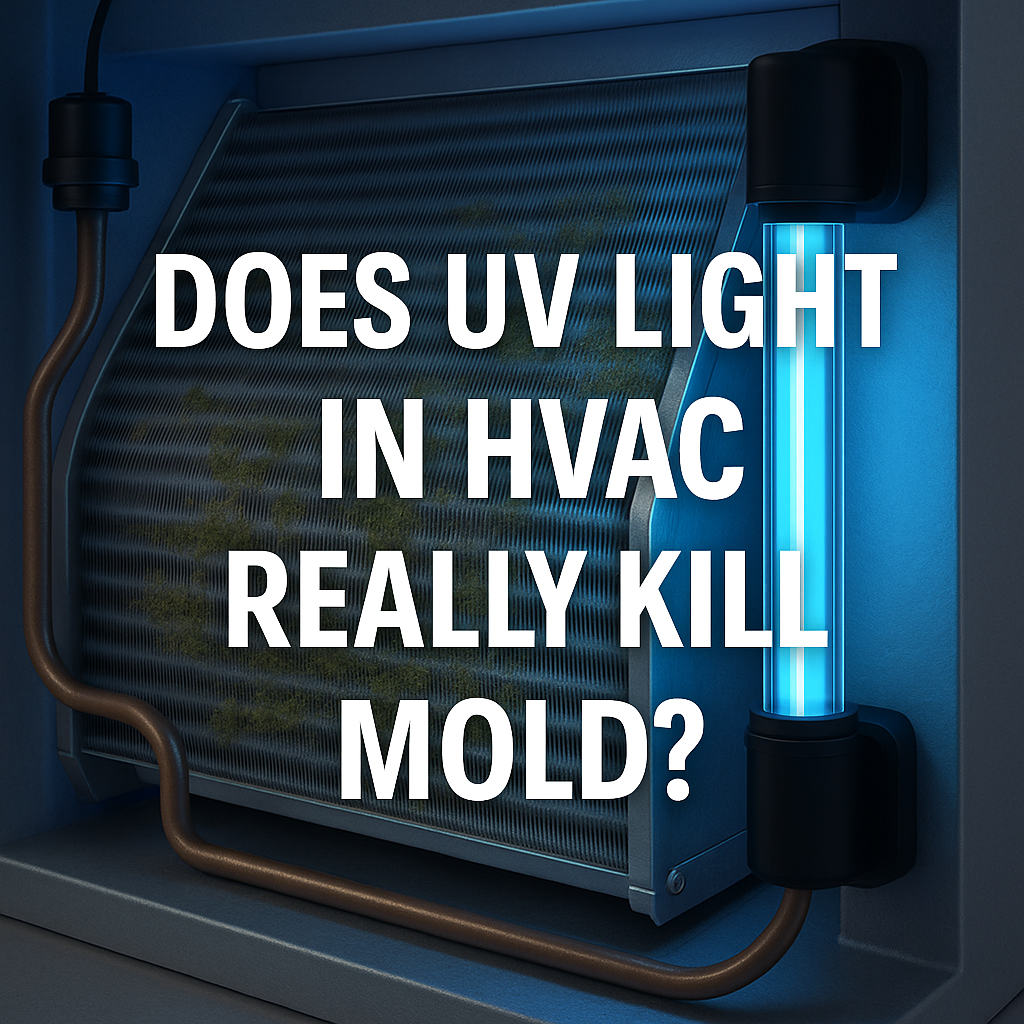
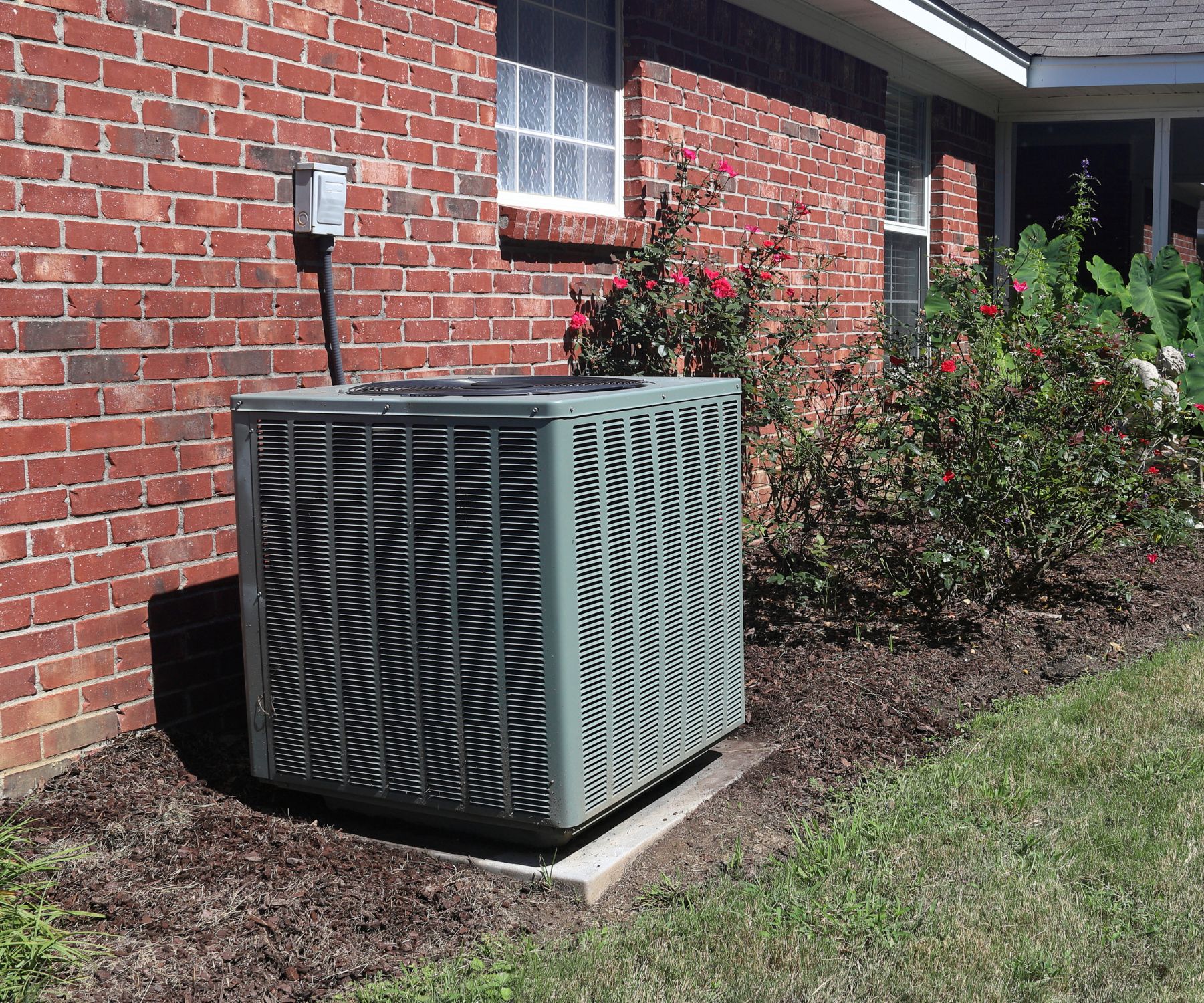
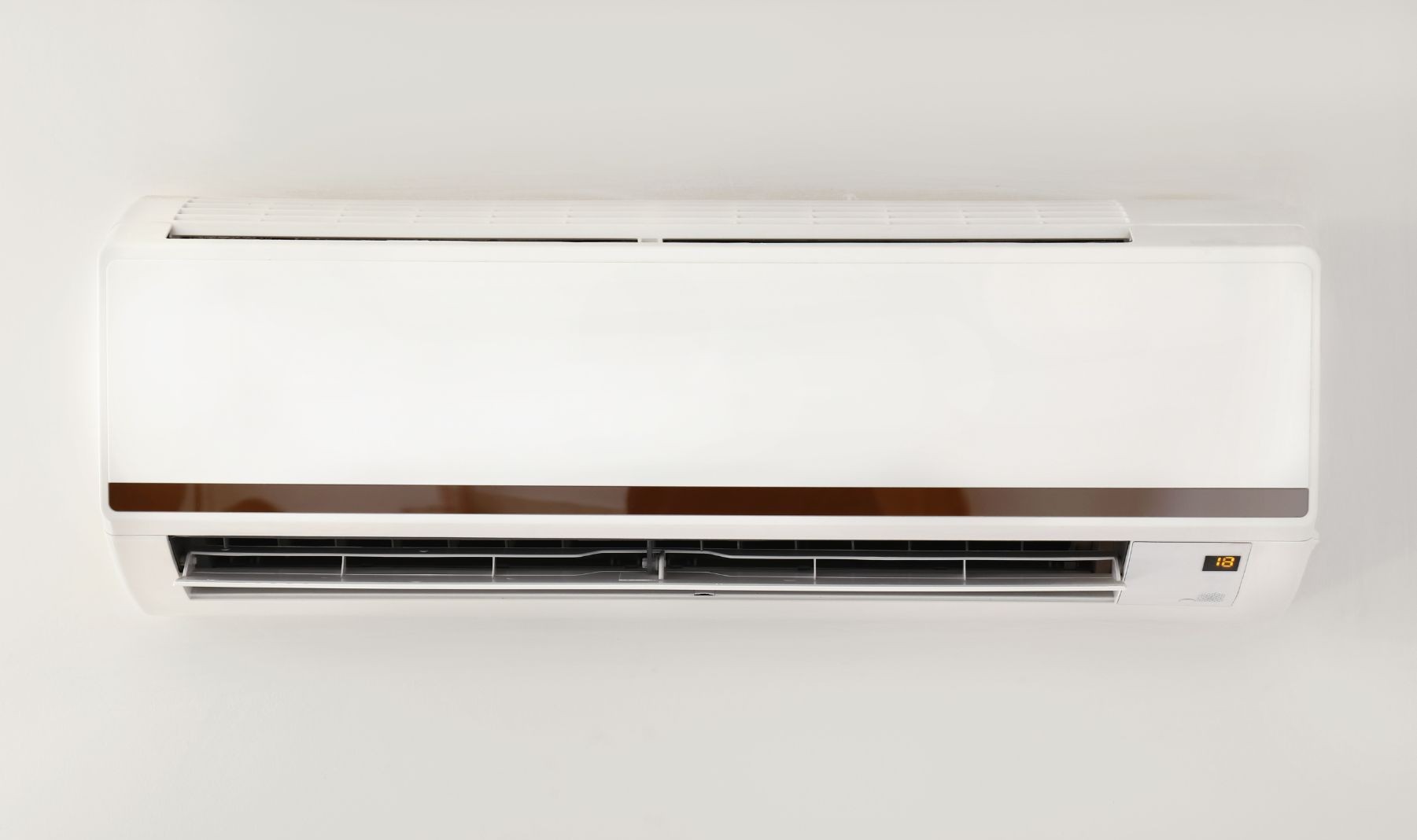



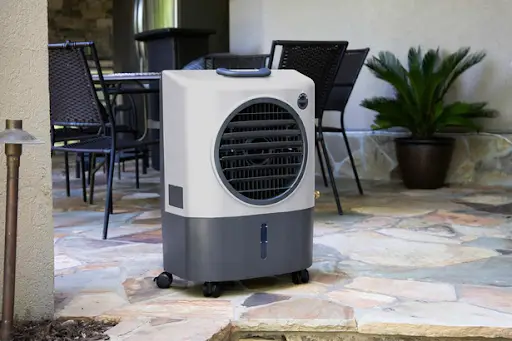
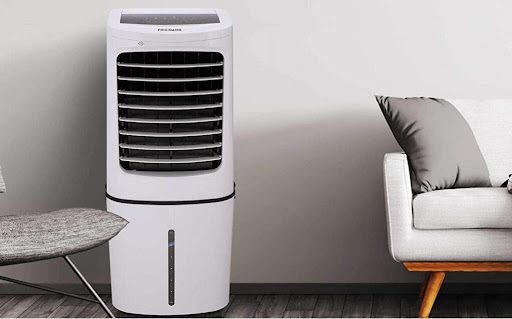 Who Needs Ventless Air Conditioners More?
Who Needs Ventless Air Conditioners More?
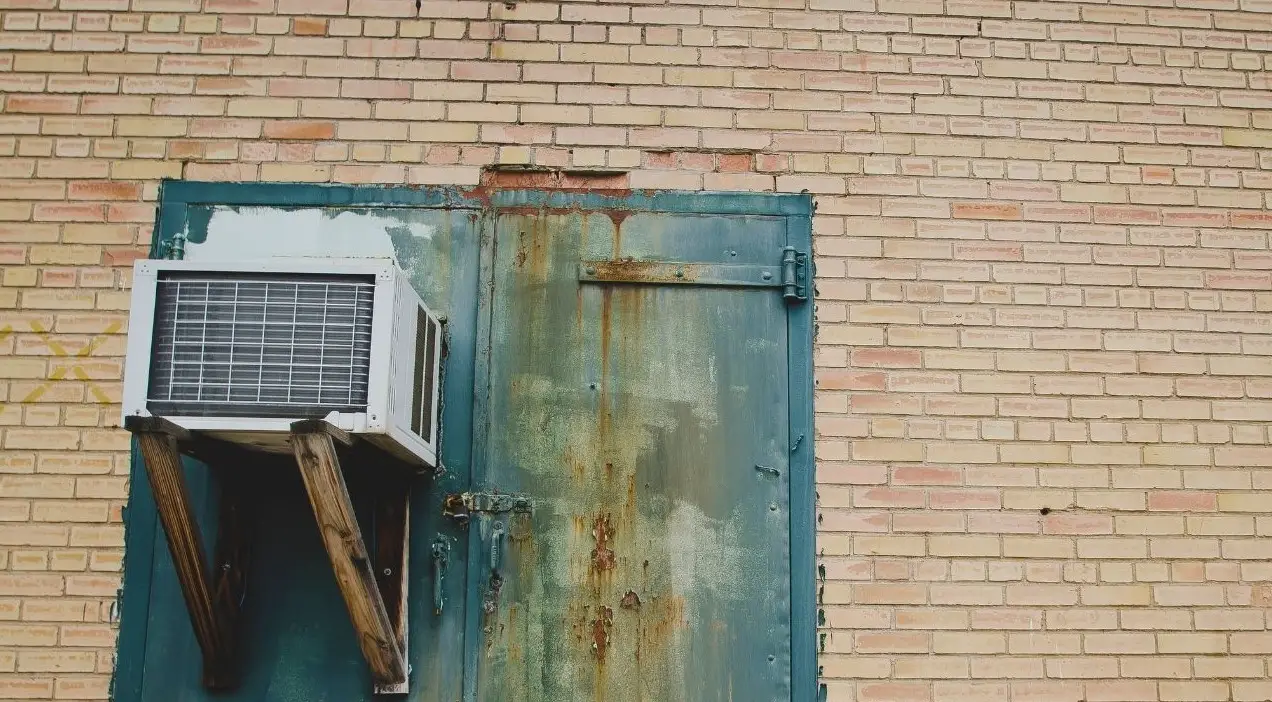
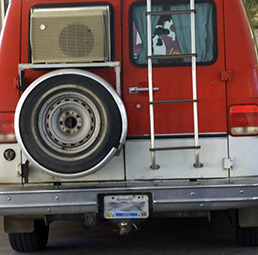 There’s nothing like
There’s nothing like 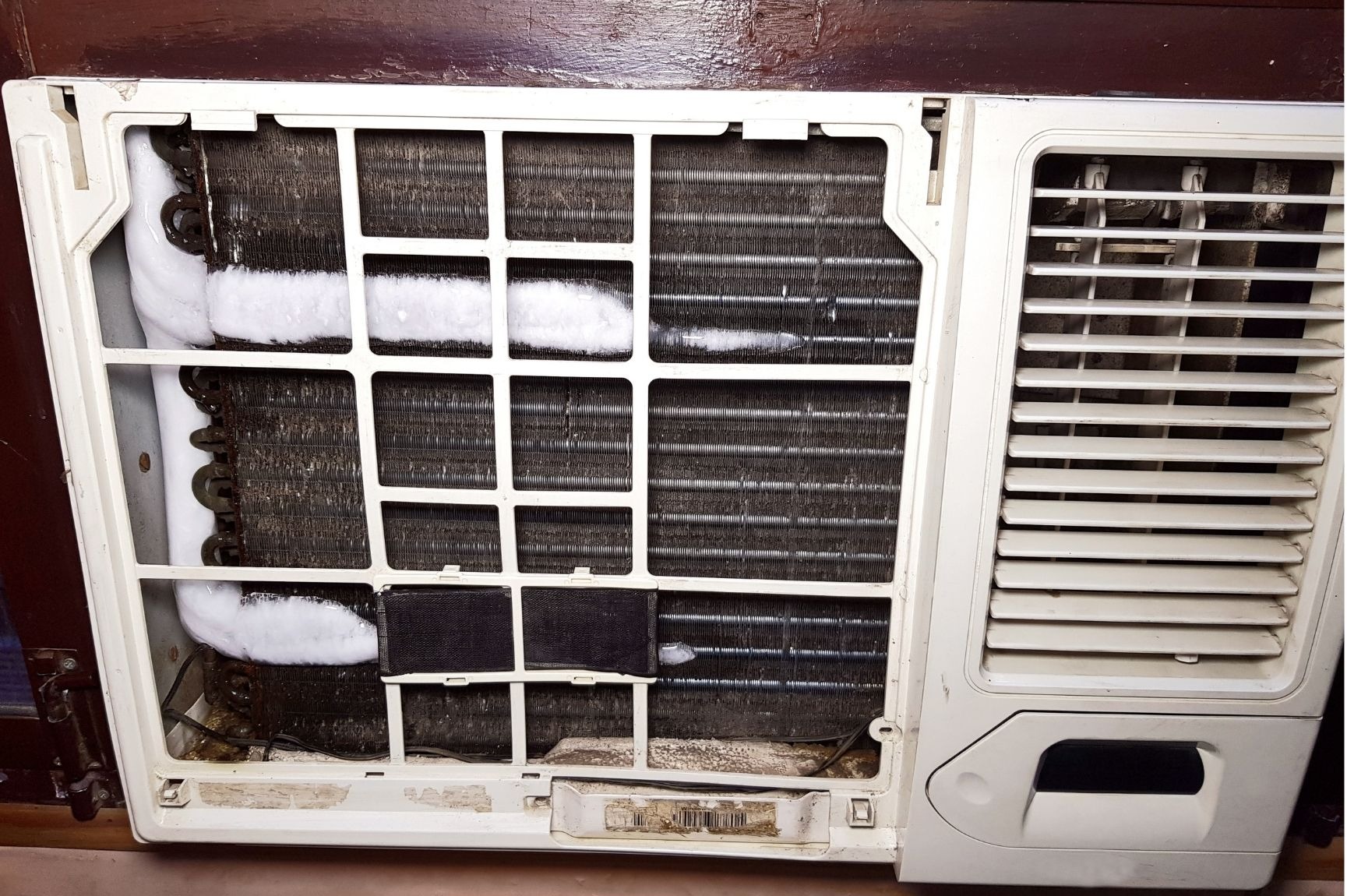






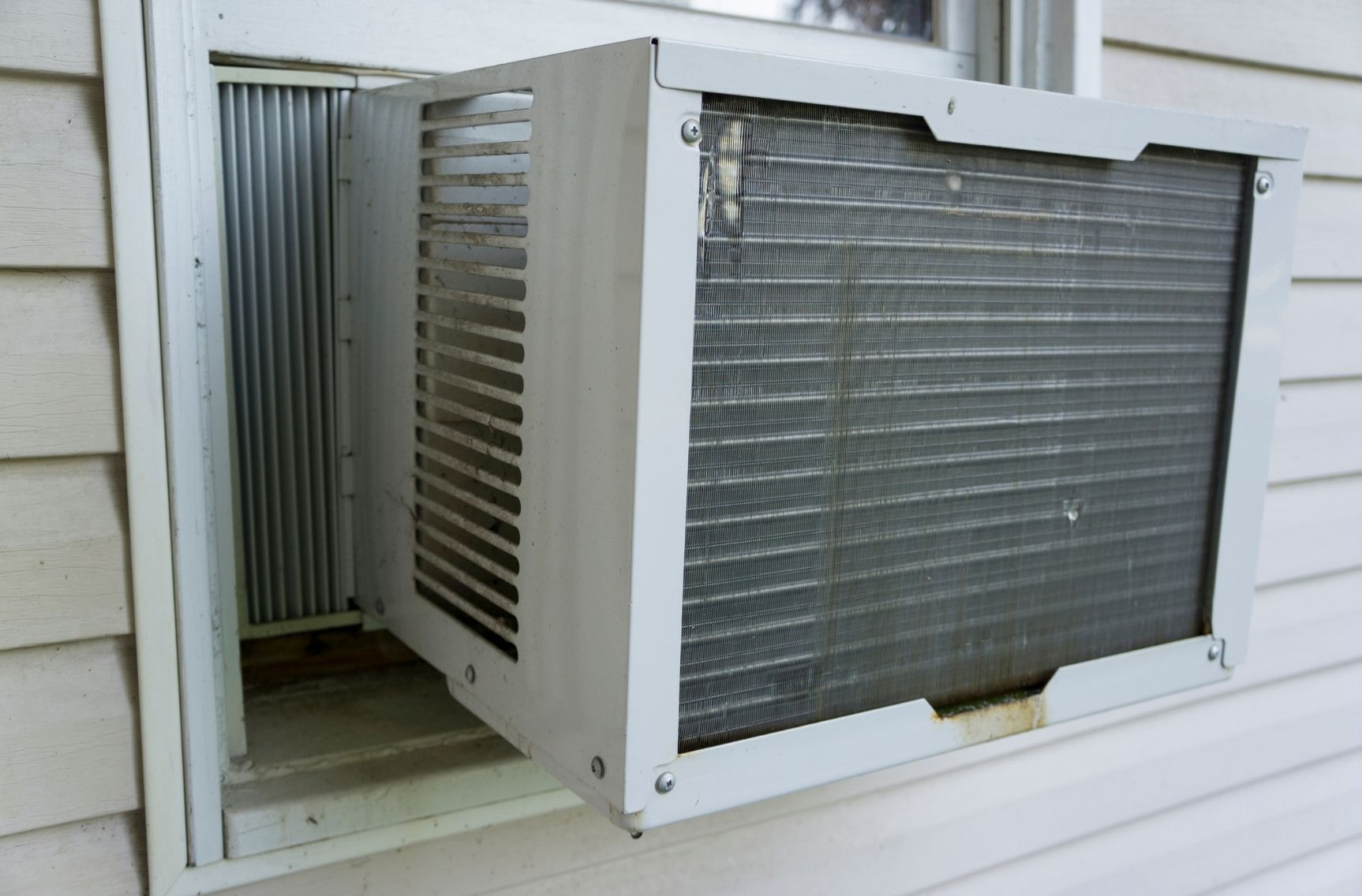
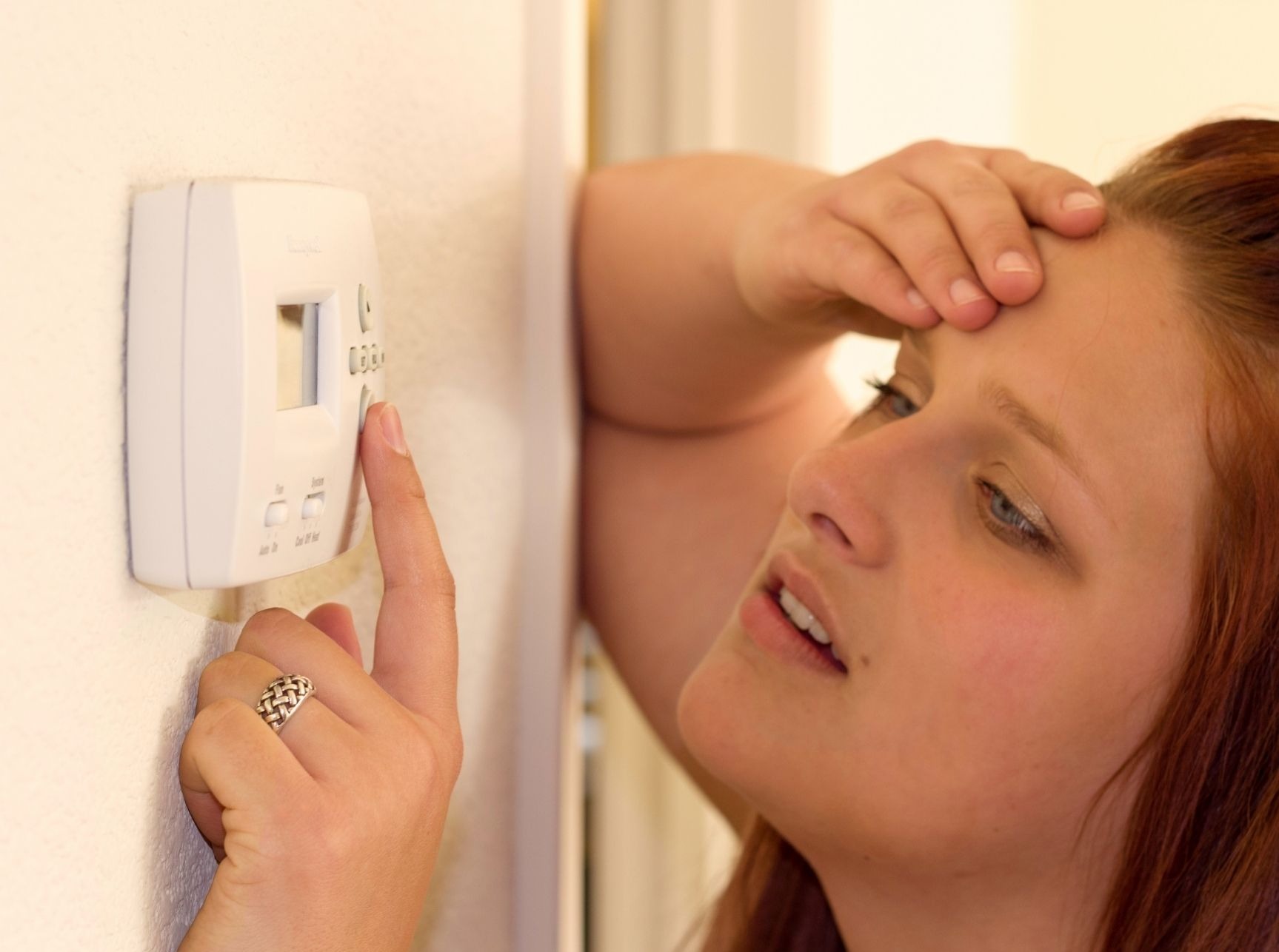
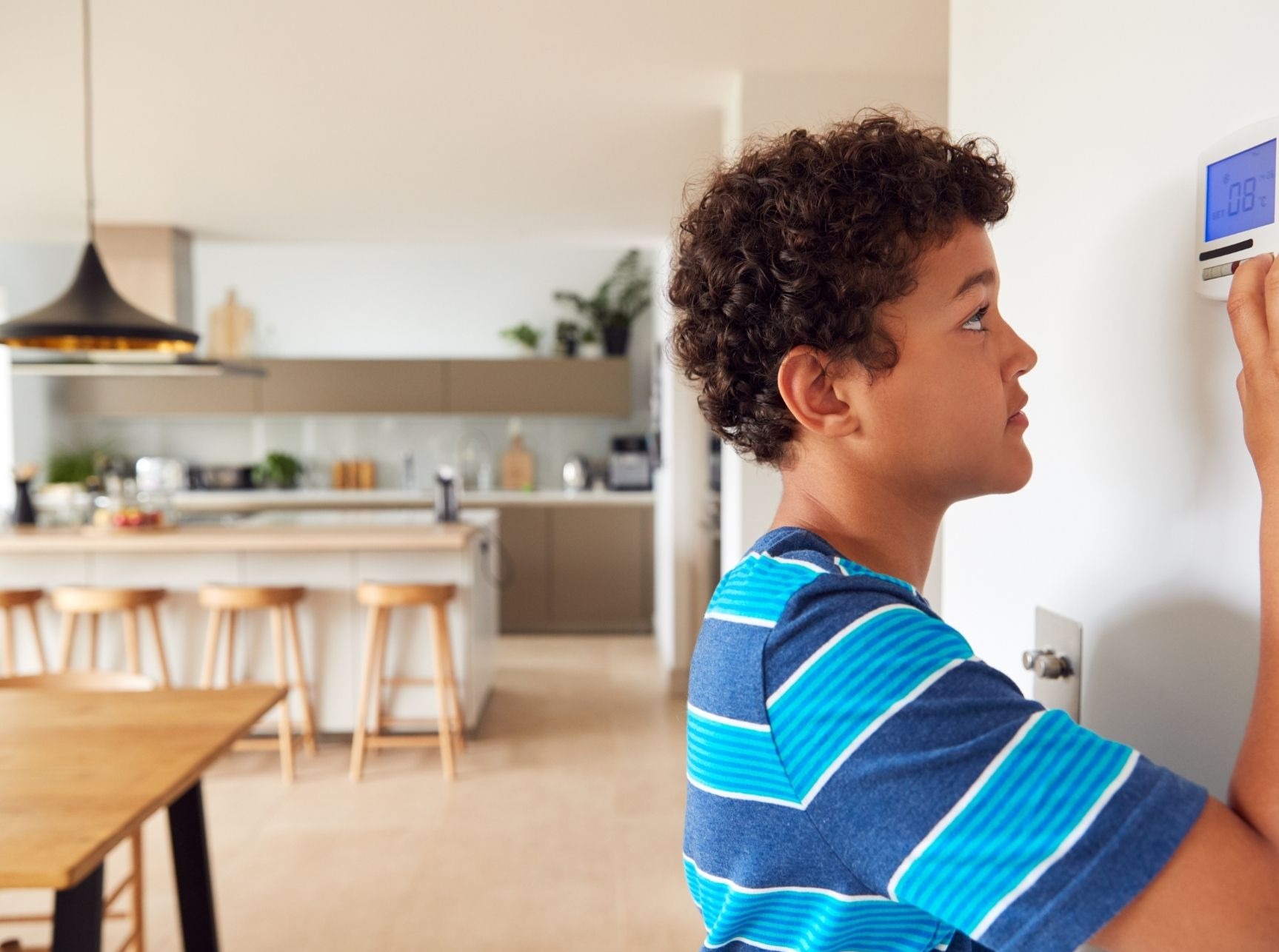 Honeywell thermostat “Return” blinking
Honeywell thermostat “Return” blinking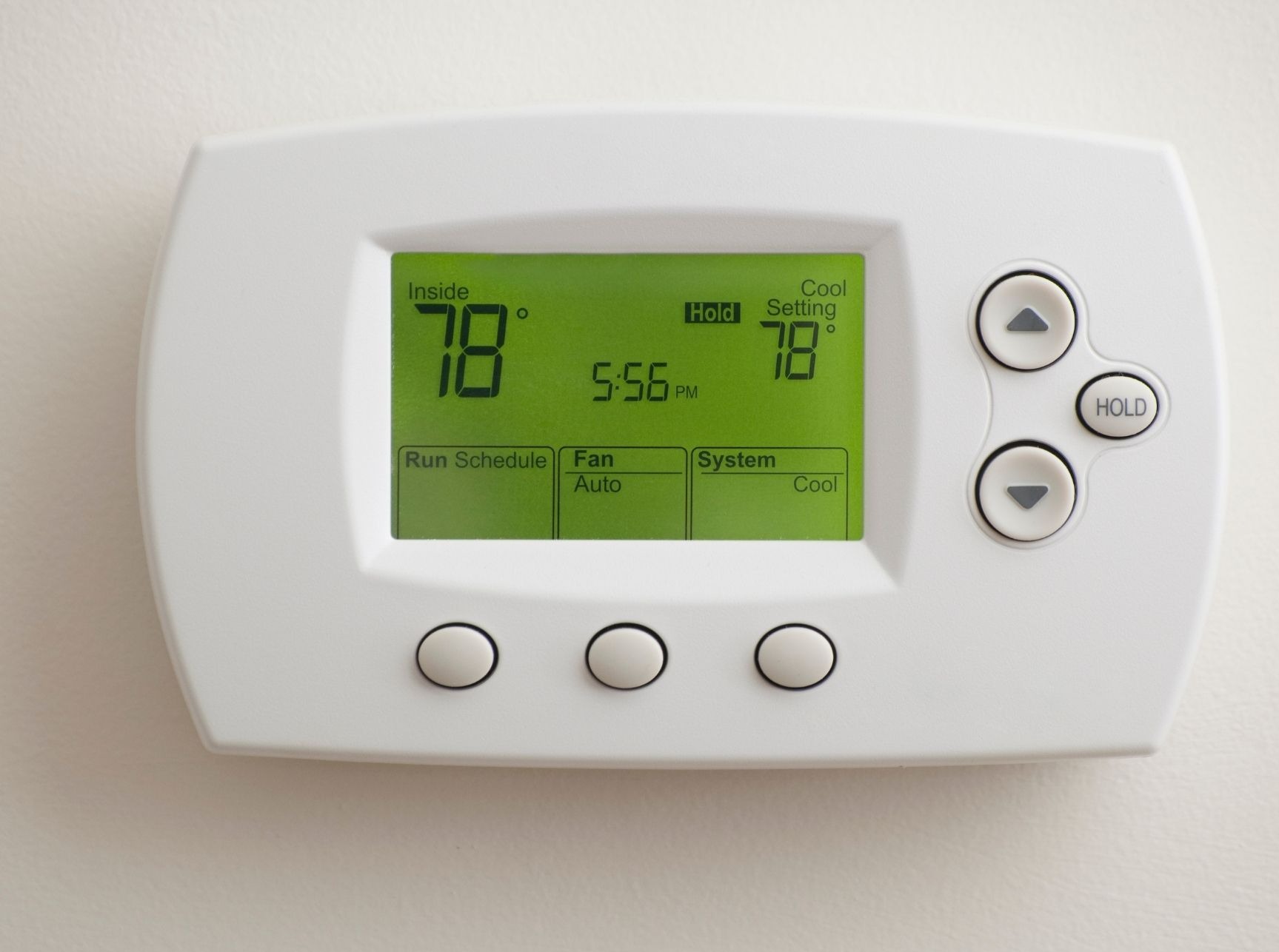 Honeywell thermostat reading wrong temperature.
Honeywell thermostat reading wrong temperature.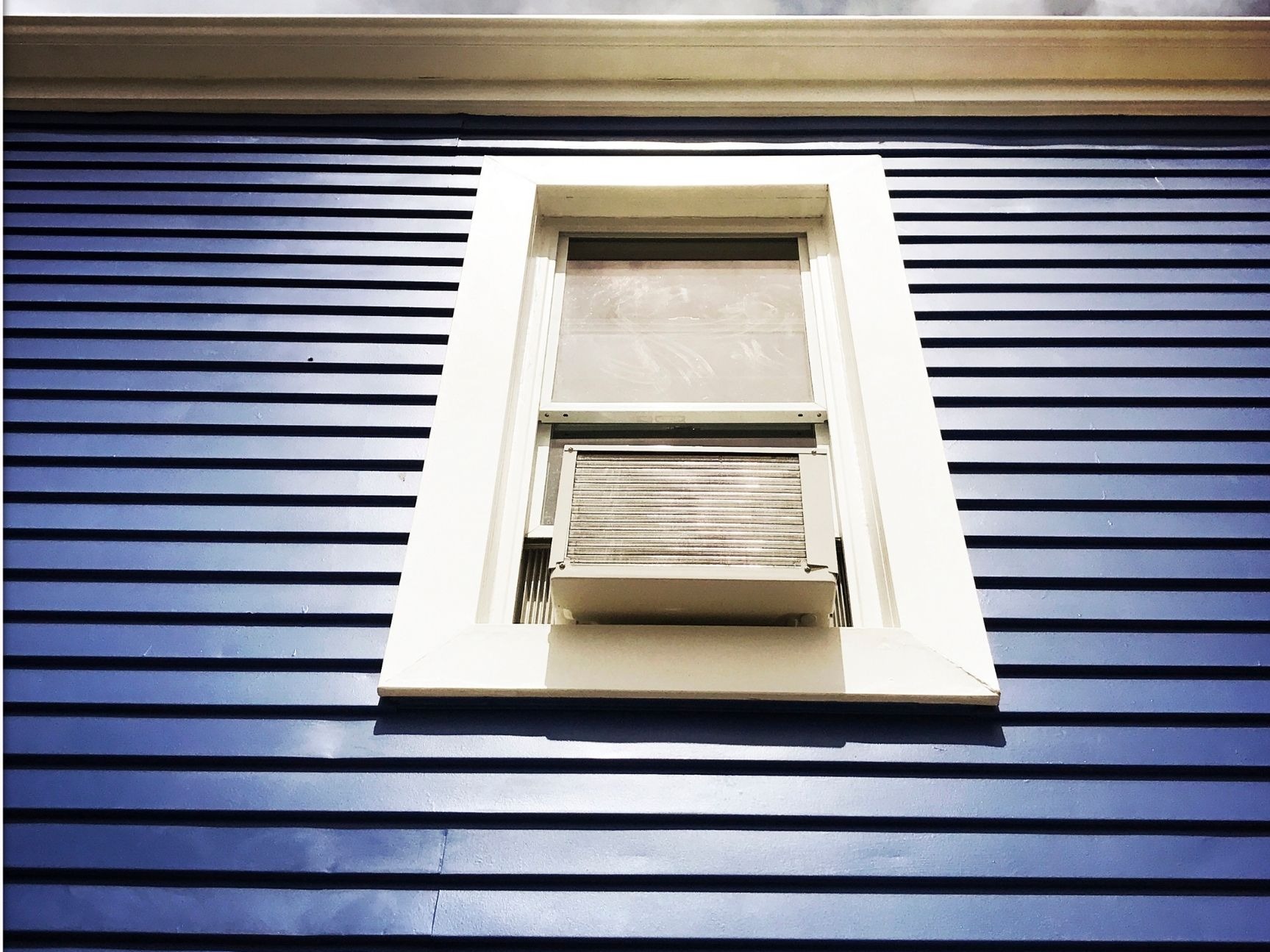

 Most
Most 
 Summary
Summary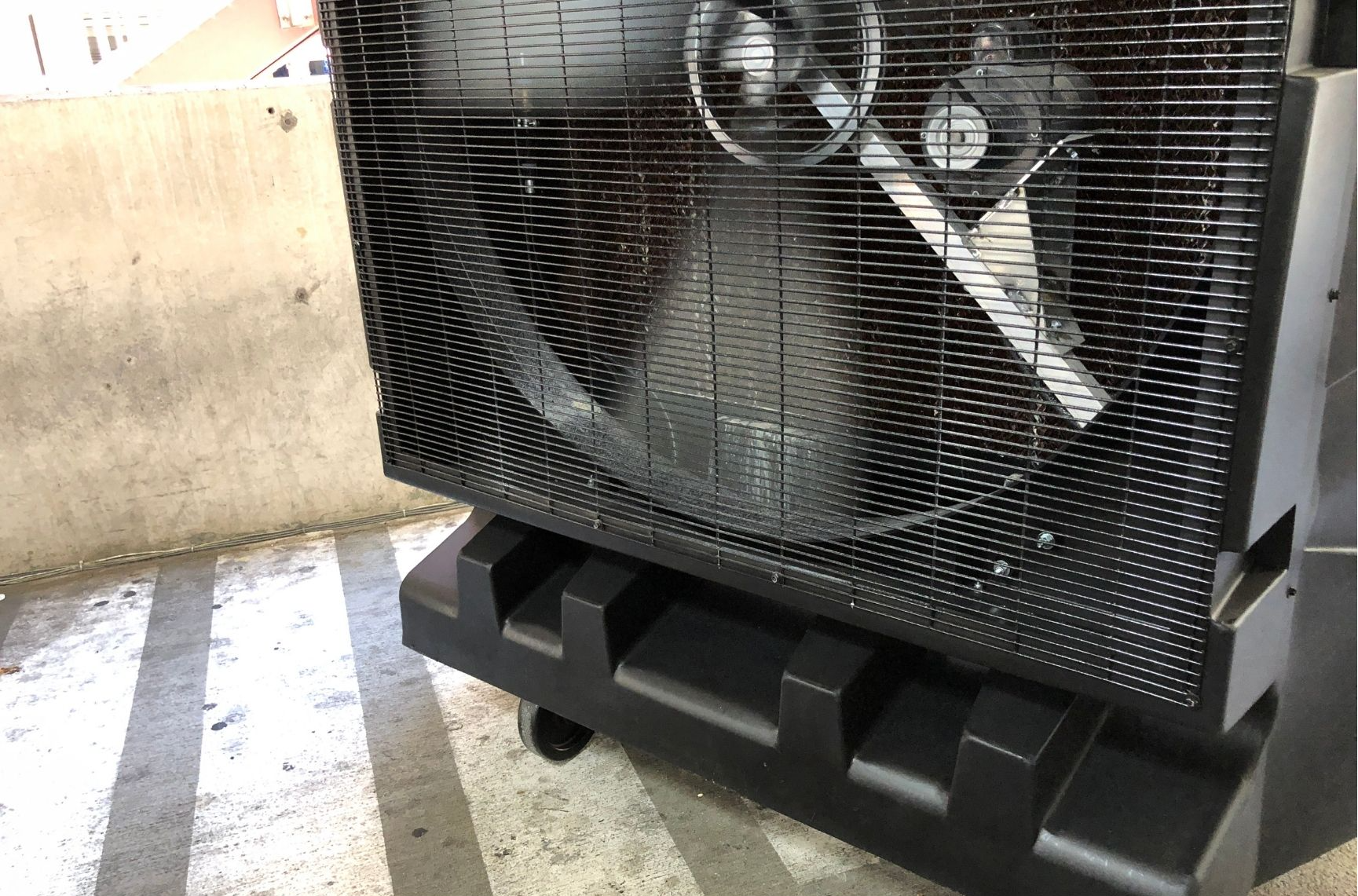

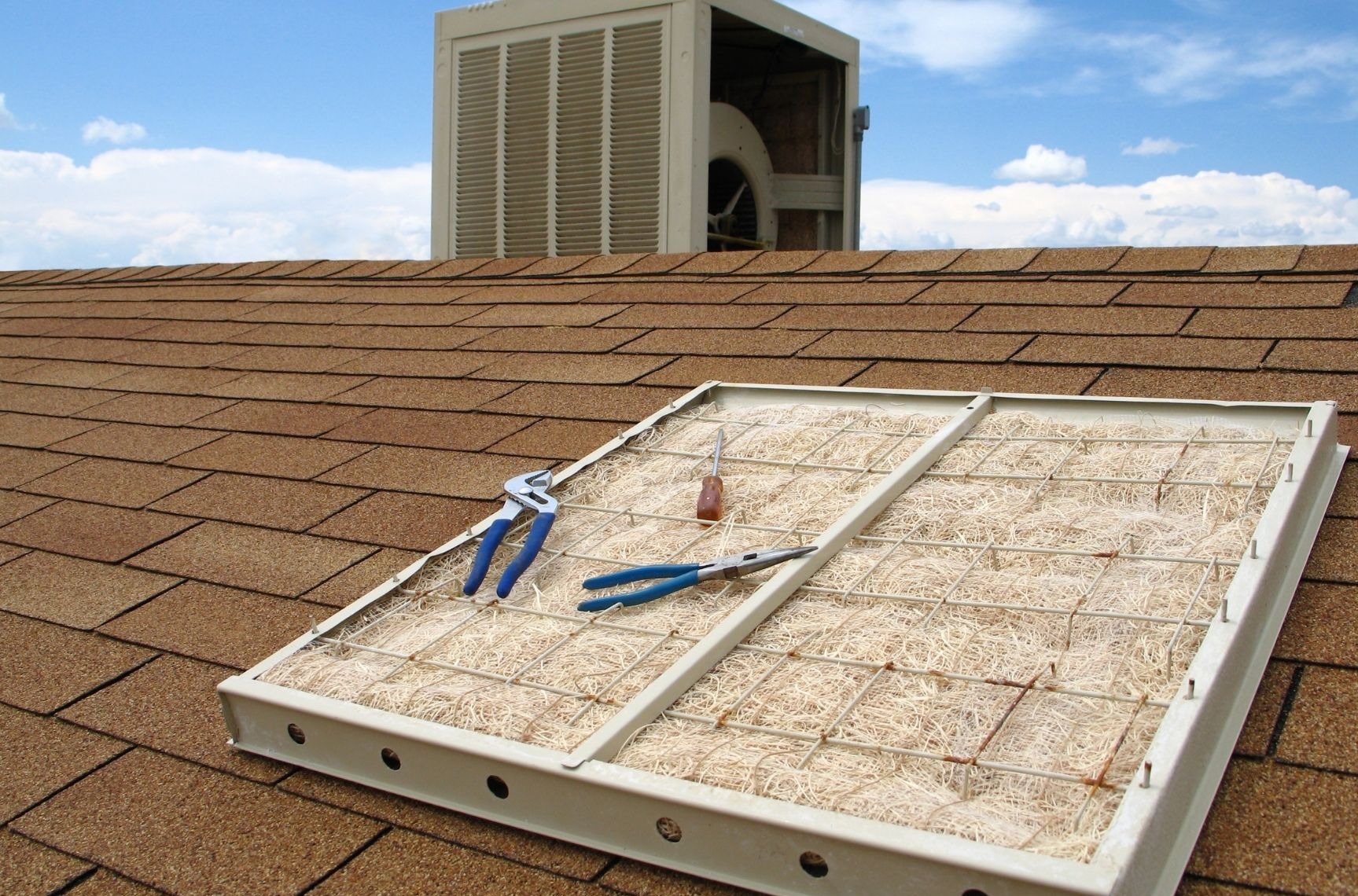

 Can you use an evaporative cooler with a dehumidifier?
Can you use an evaporative cooler with a dehumidifier?



